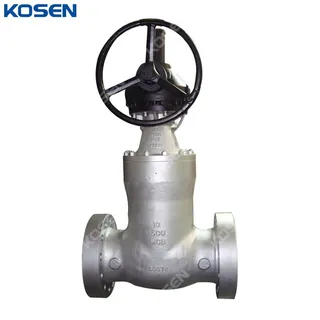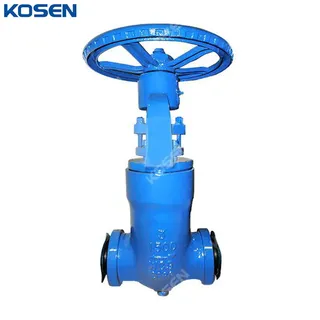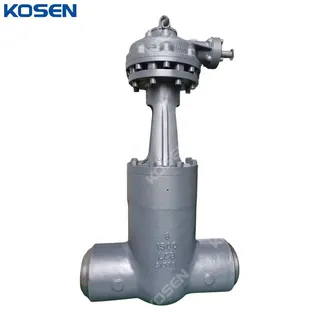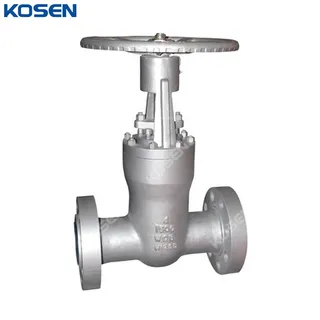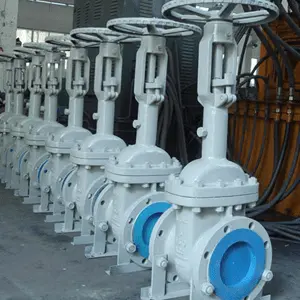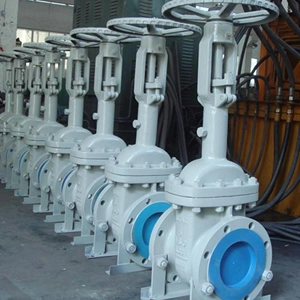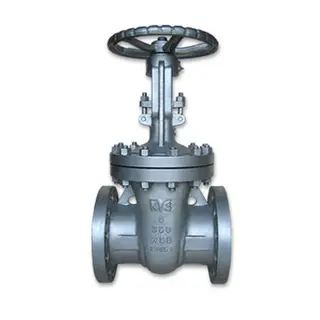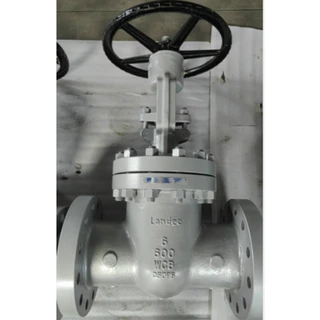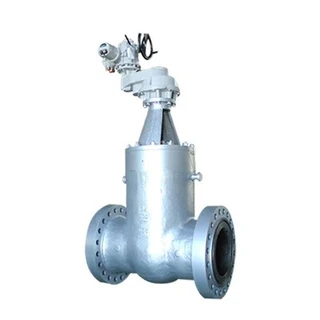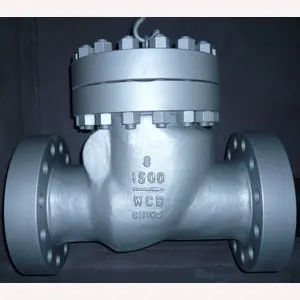API 600 PSB Gate Valves, ASTM A216 WCB, 8 Inch, 1500 LB, BW
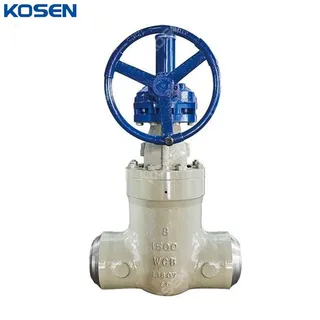
Key Specifications / Features
Detail Information
Product Name: API 600 Pressure Seal Bonnet Gate Valve
Design Standard: API 600
Body Material: ASTM A216 WCB
Size: 8 Inch, DN200
Pressure: Class 1500 LB, PN250
End Connection: BW
Operation: Bevel Gear
Pressure seal gate valves are designed in accordance with API 600 and ASME B16.34 standards for high-temperature and high-pressure service, making them ideal for use in fossil fuel power plants. Compared to bolted bonnet valves, they offer superior sealing reliability at the bonnet joint, providing a more compact, rigid design. This results in reduced maintenance costs and enhanced performance in demanding high-temperature and high-pressure environments.
Technical Specifications
» Nominal Diameter: 2-24 Inch (DN50-DN600)
» Design Pressure: Class 600-2500 LB (PN100-PN420)
» Materials: Cast or Forged Carbon Steel, Stainless Steel, Duplex Steel, etc.
» Trim Materials: 13%Cr, ASTM A182 F11, F22, SS 304
» End Connections: BW, RF, RTJ
» Operation: Hand wheel, bevel gear, electric, pneumatic
» Design and Manufacture: ASME B16.34, API 600, API 6D, BS 1414
» Face to Face (End to End): ANSI B16.10, API 6D
» Flanged Connection: ANSI B16.5
» Butt Welded End: ANSI B16.25
» Test and Inspection: API 598, API 6D
» Temperature Range: -29°C to 595°C
» Medium: Water, gas, oil, etc.
» Back-Up Ring: Absorbs thrust applied by internal pressure
» Thrust Ring: Protects the soft metallic gasket from deformation
» Gasket: Unique angular design provides superior sealing
» Optional: Bypass system, live loading packing, and O-ring seal available upon request
Features of Pressure Seal Bonnet Gate Valve
» Wide Application Range: Pressure Seal Gate Valves are designed for exceptional performance in steam generation stations, industrial chemical plants, and thermal power plants.
» Material Options: These valves are available in both cast steel and forged steel body designs, offering flexibility to meet various application needs.
» Reliable Performance: Known for their simple structure and dependable operation, these valves are built to withstand demanding conditions, providing long-lasting reliability.
» Compensation for Seal Face Deviation: The design allows for slight flexible deformation, compensating for any deviations in the sealing face angle that may occur during processing, thus improving overall performance.
» Durability: The seat and gate disc sealing surfaces are overlaid with high-performance materials such as iron-based, cobalt-based, or carbide alloys, ensuring extended service life and durability under high-stress conditions.

